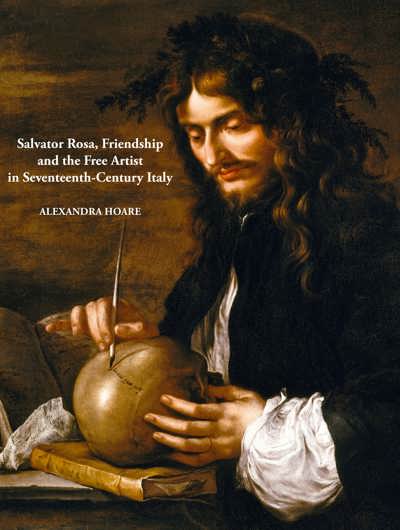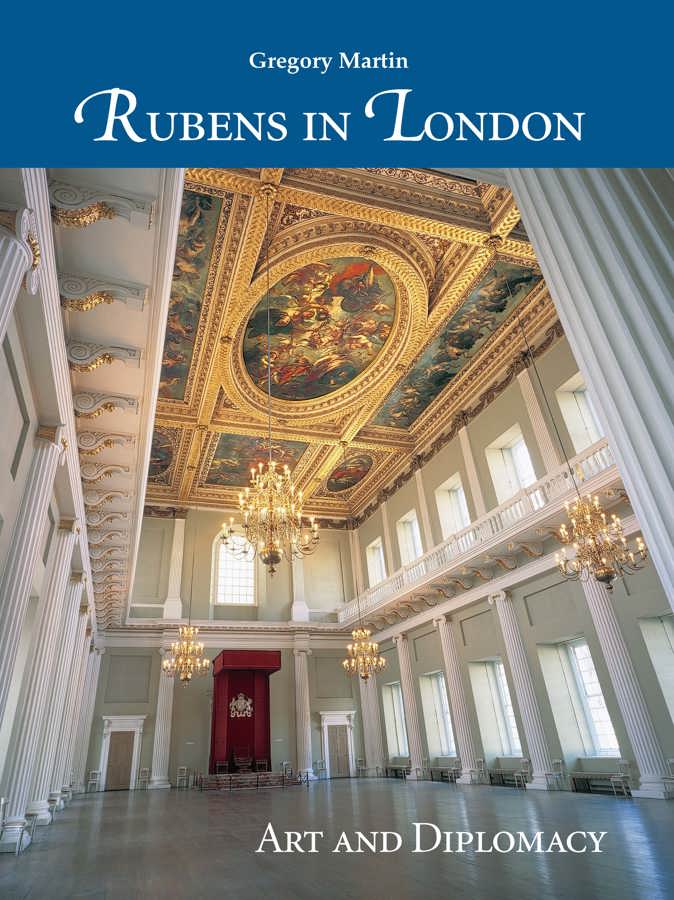
- Pages: 205 p.
- Size:210 x 280 mm
- Illustrations:68 b/w, 22 col.
- Language(s):English
- Publication Year:2011
- € 75,00 EXCL. VAT RETAIL PRICE
- ISBN: 978-1-905375-04-2
- Hardback
- Available
"Martin's book makes a valuable contribution, particularly for the meticulous way it examines the surviving evidence of the evolution of the Whitehall commission. A handy chronological table, useful appendices and an abundance of well-chosen illustrations add to its utility, while the author's lucid writing and care in explaining the political and diplomatic background will make it thoroughly accessible to non-specialists." (M. Smuts, in: Historians of Netherlandish Art, www.hnanews.org/hna/bookreview/index.html, 2012)
The Flemish artist Peter Paul Rubens is probably the most important foreign artist to have worked in England. The story of how this came to be, of what he did when he was in England and what he painted for King Charles I is the story of this book. Charles and his father, the first Stuart monarchs of Great Britain, led and promoted a great wave of interest in the arts, in particular the visual arts, that culminated in Rubens painting nine large canvases to decorate the ceiling of Inigo Jones’s Banqetting Hall, the ceremonial centre of the Court in Whitehall - a monument that is still intact today. It is this cycle, an hitherto unappreciated masterpiece of Baroque state art, that is the focus of this book.
How Rubens came to obtain the commission is a tale of international politics and diplomacy in which the artist himself played a significant role. The author relates these complex political relationships and missions with great insight and clarity, and in doing so also describes the cultural and social setting in which Rubens found himself while in London.
The illustrations that accompany the text include not only many of Rubens's own paintings and drawings made when he was in London, but also some of the now well-known works by the Italian and North European Renaissance masters that Rubens would have seen in the magnificent art collections of the King and the English aristocracy. Foremost however among the illustrations are the reproductions of the Banqueting Hall ceiling itself: these are mostly in colour, showing each of the three central scenes both complete and with striking details that would be difficult to see in the Hall itself. Also the corner oval painting as well as the long, celebratory, exuberant processions on either side are reproduced in colour and in detail, so that the reader, guided by the author's full descriptions and interpretations, can experience a unique viewing and understanding of Rubens's masterpiece.
The Author, Gregory Martin, has been interested in the ceiling paintings of the Banquetting Hall ever since he worked at the National Gallery in the 1960s, when he wrote the catalogue of the Gallery's Flemish paintings. Towards the end of his subsequent career at Christie's, where he was a director concerned with old master paintings, he was commissioned to write the Corpus Rubenianum volume on the ceiling decoration of the Banquetting Hall which was published in 2005. In the present book he returns to the subject, treating it and the related matter of Rubens in London in a way designed to appeal to a wider readership.





